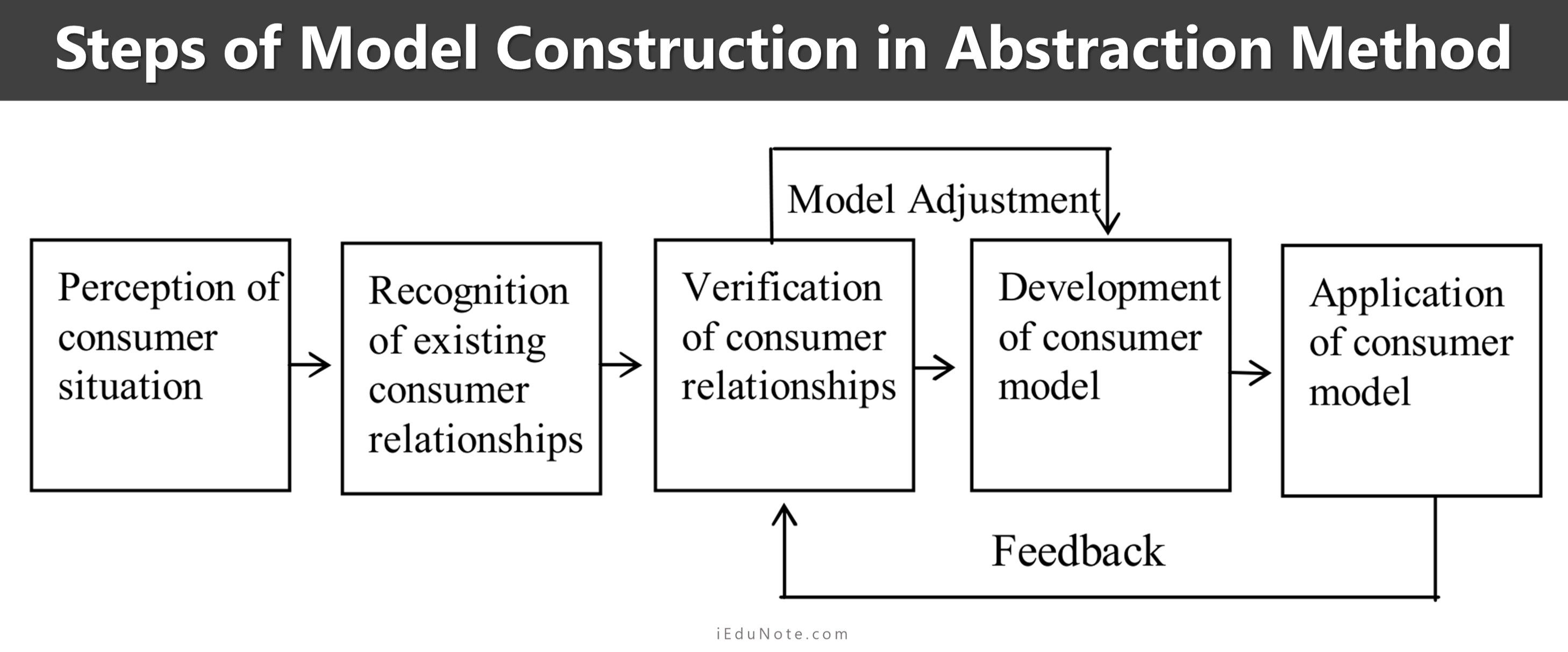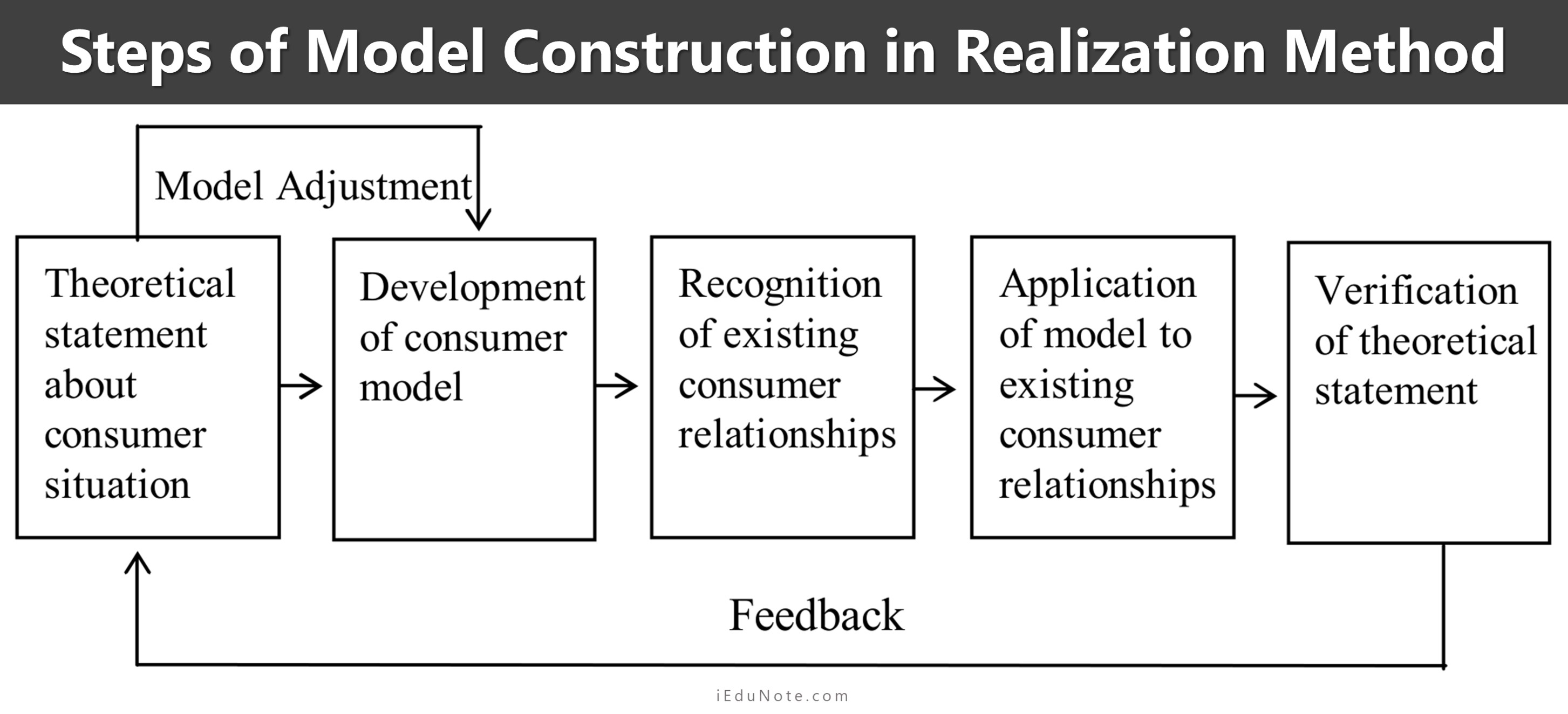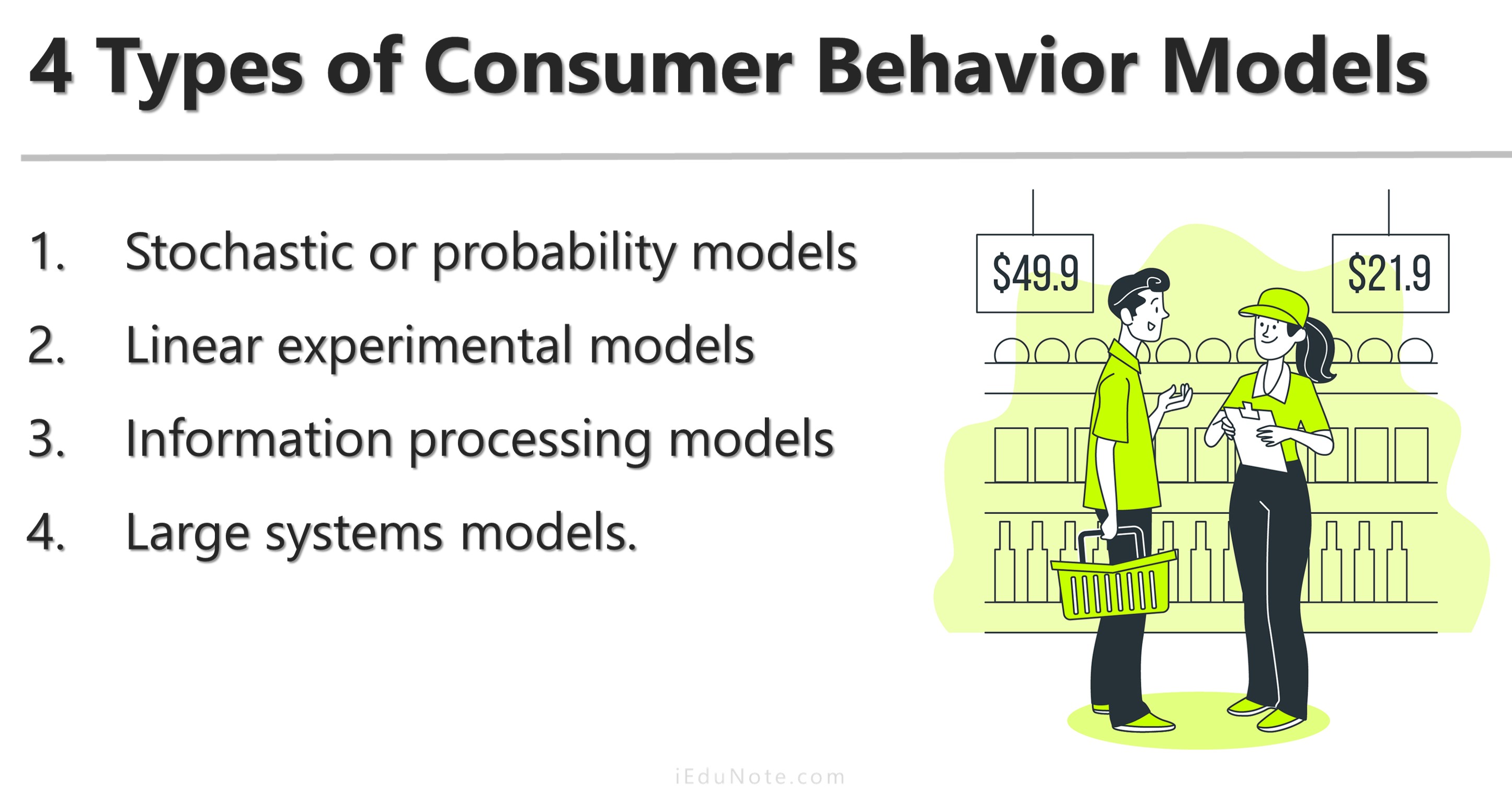Consumer behavior researchers face many challenging tasks, and one such challenging task is integrating various research findings. The most difficult task is to understand all of the separate components of consumer behavior and how they fit together.
It may come as a surprise to discover that several comprehensive consumer behavior models have been proposed to perform this difficult task. These models are simplified and explained in this lesson.
First, we must know what a model is, how it may be constructed, and the different types of consumer behavior models used by the marketers in knowing the behavioral patterns of consumers. The individual models will be discussed thereafter.
What is a Model?
A model represents something (a buying process, for example) on a smaller scale. “A model is an attempt to diagram the elements and relationships among elements, in this case, buyer behavior forces and variables.”
Usually, a model connects several components so that there is a final whole, which represents the ‘something.’ It is nothing more than a replica of the phenomena it is designed to represent.
Consumer behavior models are models in the same way that those small ships we constructed as children are models.
Each represents in a simplified way, something else. The plastic ship is a model of the larger, more complicated machine. The consumer behavior model represents the consumer decision process. It hypothesizes those forces motivating and shaping behavior. It shows the structure of the behavior of consumers.
Usually, the modeled behavior is the decision-making process. It tells us something about the properties and activities of the phenomenon of consumer behavior.
Thus, it is a framework, a schema, and a representation of what is believed to offer when consumers decide about purchases.
It is based on suppositions or assumptions that may or may not correspond exactly with the real marketing world but is useful in helping us understand what goes on in a buying process.
Methods of Model Development
Scholars have attempted to further understand consumer behavior by building models that show the relationships among several variables, such as internal and external forces and buying decisions.
Such models show the buying system, with its attendant relationships, as a logical flow process with the consumer proceeding down a timeline toward a decision. But, the question remains, ‘how models are constructed?
Mr. Lazer has identified two different approaches that may be used to develop or construct consumer behavior models. They are as follows:
- The Abstraction method, and
- The Realization method.
Let us now have a look at them in turn:
Abstraction Method of Model Construction
Under this method, the real-life is abstracted or represented by a model. The following figure shows the steps that the model developer follows under this method:

If someone wants to develop a consumer behavior model using the abstraction method, he gives meaning to a particular consumer situation by selecting, organizing, and interpreting the related stimuli in a meaningful way. In the second step, he tries to find out the relationships in a particular consumer situation.
For example, if the model developer is trying to develop a model, say, on the dress material buying behavior of urban female consumers, he will try to know what could be the variables that influence the decision process of these consumers.
Third, he will have to authenticate the relationship that he has recognized through formal or informal study. Once the verification results are true, he will develop the behavior model explaining the behavior process.
In the last step, the model so developed needs to be applied to see how it works in the real world. If any anomalies are observed, the developer will further verify the consumer relationship to change or modify the model. This process will continue so long as the application results and verification results do not match.
Realization Method of Model Construction
This model development method is different from the abstraction method in that the model here is developed based on a theoretical foundation. The following figure shows the steps of the realization method of model development.

In this method, the model developer-first gives a philosophical statement of phenomena relating to certain consumer situations on which he intends to construct the model.
In the second step, a general model is developed based on this conceptual foundation. Then, he researches to reveal the existing consumer relationships of the situation that he has considered.
Thereafter, the model is applied to the real world consumer situation involving certain relationships. The application of the model into reality will give him certain results, which he uses to verify the theory that he has developed and used as a foundation of his model.
If verification based on the application results shows anomalies with that of the theoretical statement, the developer of the model will revise his theory and the consequent changes in the model.
Four Types of Consumer Behavior Models

Messrs. Bettman and Jones have classified consumer behavior models into four basic types;
- Stochastic or probability models,
- Linear experimental models,
- Information processing models, and
- Large systems models.
In the following few paragraphs, you will be given a brief idea of each of these four types of consumer behavior models:
Stochastic or Probability Models
Models in this category are basically based on the learning theories. According to the learning assumption, an individual’s buying behavior depends on his past, particularly the immediate past purchase behavior and the consequent experience. This type of model is based on two components.
One component describes different aspects of behavior by developing small independent models on each aspect. The second component combines each of these individual models into one large model to explain the behavior as a whole.
While combining the independent models into one unified model, the model developers assume that the entire group of people will behave in the same fashion as the individual does.
Linear Experimental Models
The stochastic or probability models describe individual consumer behavior.
On the other hand, the linear experimental models give us ideas on the market’s behavior in general. These are the mathematical models and are difficult to understand by those having no mathematical background.
The basic linear experimental model described by Messrs. Bettman and Jones is as follows:

Here y is the dependant variable, %z is the independent variable, and s is a random element. Models in this category are basically descriptive.
Information Processing Models
These models are based on the cognitive orientation of different psychological aspects, such as learning, perception, etc. According to cognitive orientation, individuals constantly receive information from the environment and process and evaluate those, using their cognitive structures to arrive at decisions.
Therefore, models in this category describe consumer behavior in terms of information gathering, processing, evaluating, and deciding based on the evaluation. Models in this category highlight the behavior of individuals, not the group behavior.
Models are developed here by studying the buying process of consumers either formally or informally. The findings of such studies are used as the foundation of model construction.
Large Systems Models
These are the models mostly used by consumer behavior researchers as well as marketers in predicting consumer behavior. They describe behavior in terms of variables and their relationships.
Different variables influencing consumer decisions are organized diagrammatically in these models, logically showing their relationships and interactions. Therefore, these models are broad but comprehensive, in the sense that they describe behavior in logical and understandable ways.
The understanding of behavior is made possible in these models by the use of flow charts. The flow diagram identifies relationships, interaction, and interdependencies among variables or factors determining consumer behavior.